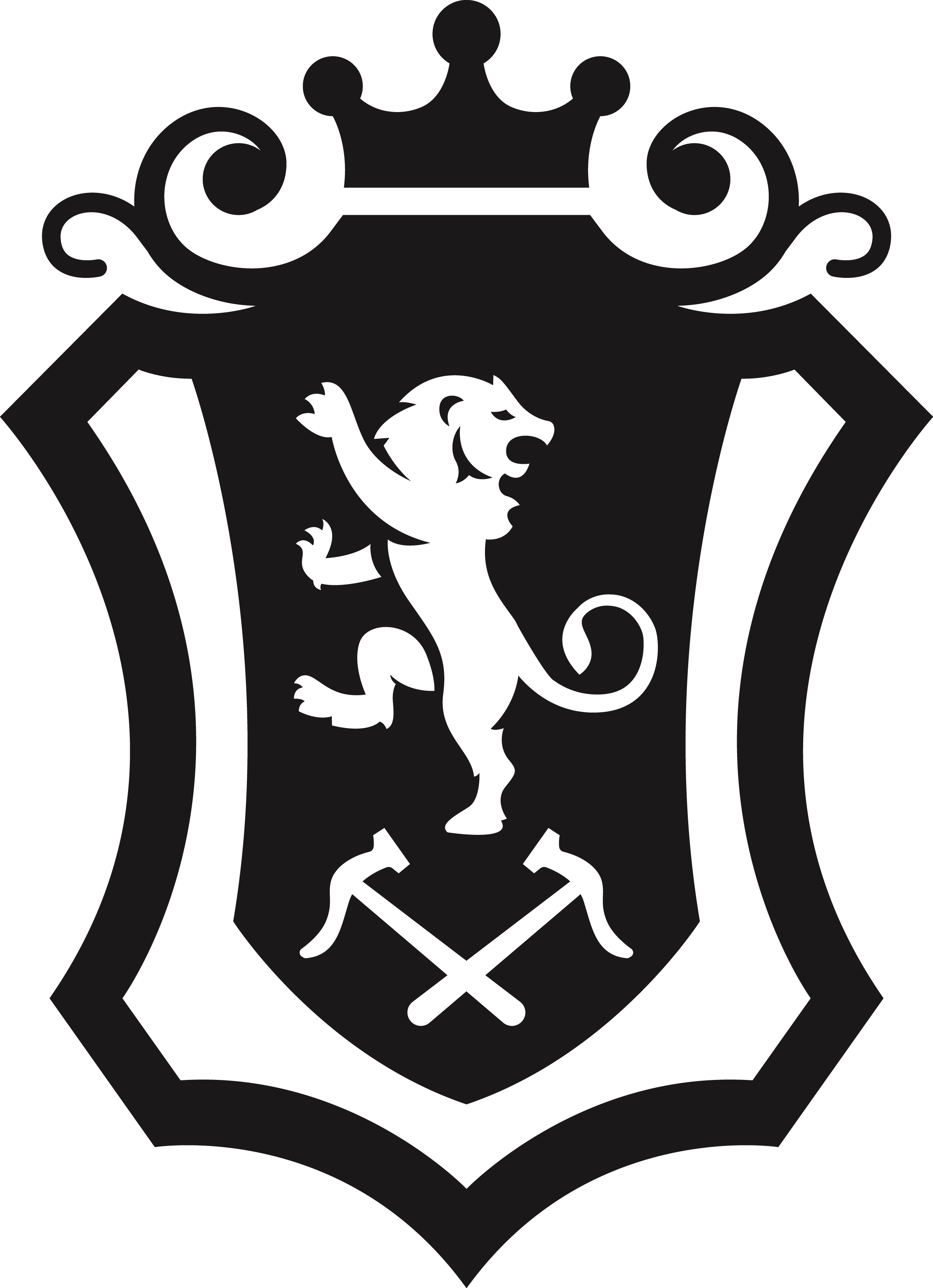Nothing Like a New Pair of Oxfords
Oxfords first appeared in Scotland and Ireland, where they are occasionally called Balmorals after Balmoral Castle. However, the shoes were later named Oxfords after Oxford University. This shoe style didn't appear in the U.S until the 1800s and are called "Bal-type" as opposed to "Blucher-type". In France, Oxfords are known as Richelieu.
Oxfords were derived from the Oxonian, a half-boot with side slits that gained popularity at Oxford University in 1800. Unlike early shoes, Oxfords were cut smaller than the foot in order to give men a mincing step. The side slit evolved into a side lace that eventually moved to the instep, as students rebelled against knee-high and ankle-high boots. The toe cap can either be lined with two narrow rows of stitching, perforated holes along the end cap stitching (quarter-brogue), perforated holes along the end cap stitching and on the toe cap (semi-brogue), a semi-brogue with the classical wingtip design (full-brogue) and even patented brogues such as our J.L. Rocha 901 style.

